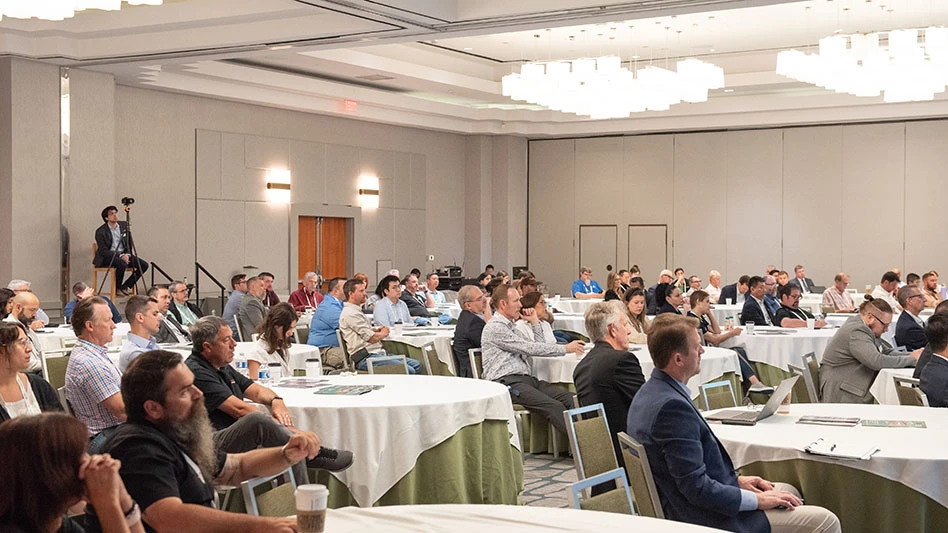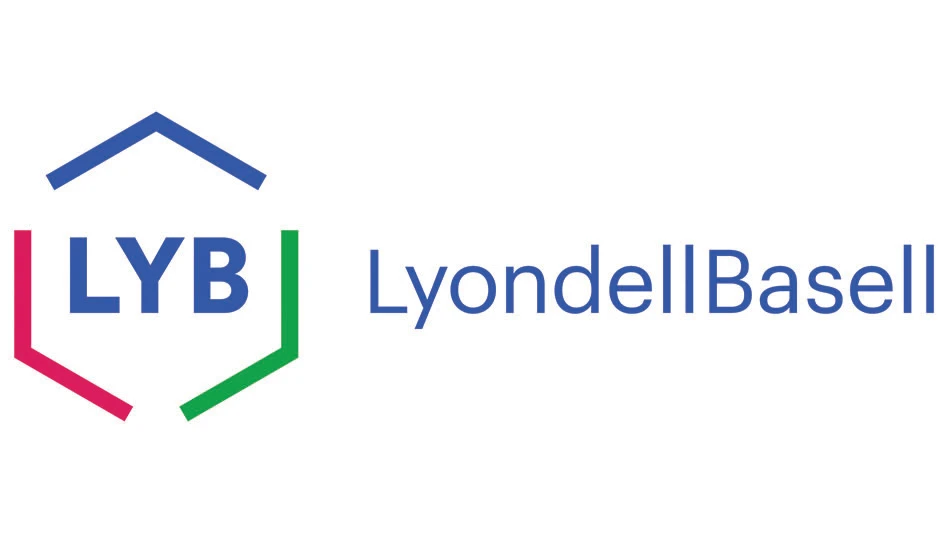In the not too distant future, material recovery facility (MRF) managers and scrap yard owners may be fielding multiple calls from power marketers and newly deregulated electric companies at the same frequency they now do for long distance telecommunication services. These calls will promise to reduce electricity costs by as much as 15 percent to 30 percent depending on where a company is located and how much electricity they consume.
Experts estimate that savings to waste industry companies will range from several thousand dollars a year for smaller MRFs to as much as $50,000 to $75,000 a year – or more – for large scrap yards. Competition will also spur energy service and financing opportunities, allowing electricity-consuming businesses to tap into their power providers for help in upgrading energy efficiency and investing in new equipment.
The effect on companies’ bottom lines will probably not be an enormous windfall, but it won’t be meaningless either. As one East Coast scrap dealer put it: "Energy is up there near the top of our list just after labor and insurance costs. Anything to help with my margin is going to help me continue to grow my business."
Background
In April of 1996, the Federal Energy Regulatory Commission (FERC) promulgated Order No. 888, which has effectively made it possible for inter-state electricity sales all the way from large scale industrial energy consumers down to the level of retail rates to small businesses and residential customers.
In a nutshell, Order No. 888 does not actually deregulate utilities per se; rather, it makes it possible for states to pass laws that will "unbundle" what has traditionally been the multifaceted job of electricity utilities: generation, transmission, marketing, metering and billing. State utility commissions will still regulate the transmission and distribution side of the equation and there will still be performance requirements placed on utilities.
How and from whom businesses buy their power will be another issue. In fact, a groundswell of marketing has already begun. In the first year of implementation, FERC has received applications from more than 250 newly formed power marketing companies (sometimes called power aggregators or power pools). And nearly 200 utility companies have also filed new rates which FERC requires to be "non-discriminatory open access tariffs that offer others the same transmission service they provide themselves."
"Everything is in a state of flux right now," says Barry Hinkle, an energy engineer with 25 years experience consulting to regulatory agencies and the utility industry. "People don’t know what [pricing] will be yet because they’re still negotiating with the regulatory agencies."
There is generally a presumption that the bigger the customer, the better the deal they’re going to get, says Hinkle. "This whole rate reduction issue between large industry, small business and residential customers is still up in the air," he says. "Most likely the local distribution companies are going to fight hardest for the big guys, which means rates will come down the most for the biggest customers. If your electricity costs are half a million dollars a year or more, you might see big savings that in some cases may cut rates in half."
This will obviously mean large savings to steel mills, secondary metal smelters and other large power users.
Processors and recycling companies typically have much lower costs. Analysts note that savings to small and medium-sized consumers will be more like 10 percent to 20 percent, and that much of that will be phased in over time as utility commissions gradually stop controlling prices.
Wait and See
There are a host of very complicated issues yet to be resolved. Perhaps the most important issue is the one surrounding the notion of "stranded costs." Utilities with investments in large-scale technologies such as nuclear power plants or fluidized-bed coal systems had anticipated long-term investment recoveries through their traditional rate base as defined by public utility commissions (PUCs) over the life of their facilities. Since unbundling means that rates are no longer fixed, utilities now have to find a way other than guaranteed pricing to recover their investments.
Faced with even the specter of competition, utilities are scrambling to set up new cost centers and are even spinning off new companies – that can act in the capacity of power marketers themselves – or new departments that will help the utility add value to its services. It’s reported that some utility companies are in the process of doing everything from starting environmental and energy management consulting firms to providing janitorial, office supply and landscaping divisions.
It is important to note that where electricity is now already cheap, any savings gained through competition will be marginal. Regions with high energy costs, on the other hand – such as parts of Pennsylvania, New York, and New England – will see significant savings over time.
Energy Conservation
Another thing to keep in mind is the question of energy conservation, or demand side management. As prices for energy go down, the incentive to invest in energy efficiency goes down as well. This has environmentalists and energy experts concerned. In fact, it is likely that utility commissions will require continued vigilance on this front, although it is unclear how they will accomplish this.
Recognizing that there is more than one way to skin a cat, some utilities which do not have direct access to cheap power are considering an investment in energy efficiency – energy efficient motors, lighting, and heating and cooling systems – as a way to boost their competitiveness. A 20 percent drop in energy consumption can effectively accomplish the same thing as a 20 percent reduction in price.
As with the telecommunications industry, it is likely that it will take several decades or more for the dust to settle with electricity deregulation. But it is clear that this change will be national in scope.
Similar to long distance telephone deregulation, there can be hidden management costs, as well, when companies are forced to consider all the service options available to them. Electricity rates even now are exceedingly complicated. Business decision-makers need to understand kilowatt-hours, demand charges, peak and off-peak demand, ratchets, fuel adjustment multipliers, and more.
And besides electricity, both natural gas and water utility services are also on the block for deregulation over the next decade. In the months to come, it will behoove managers to pay attention to these matters. In the end, utility unbundling will affect everyone’s bottom line.
The author is an environmental writer and solid waste researcher based in Philadelphia.
Sidebar
Finding Out More About Deregulation
There are a number of sources for further information on utility deregulation, including
Public Citizen: Critical Mass Energy Project
1600 20th Street, NW
Washington, DC 20009
202-588-1000, www.citizen.org/CMEP
Citizens for a Sound Economy
1250 H Street, NW
Washington, DC 20005-3908
202-783-3870, www.cse.org/utilities.html
National Energy Information Center
Office of Coal, Nuclear, Electric and Alternative Fuels
US Department of Energy
Washington, DC 20585
202-586-8800, www.eia.doe.gov
Federal Energy Regulatory Commission (FERC)
202-208-0055
Power Data Bulletin Board
202-208-1397 or 1-800-856-3920
communications settings: full duplex, no parity,
8 data bits, 1 stop bit
National Association of Regulatory Utility Commissioners
1100 Pennsylvania Avenue, NW, Suite 603
Washington, DC 20044-0684
202-898-2200, www.erols.com/naruc
California Public Utilities Commission
505 Van Ness Avenue
San Francisco, CA 94102
415-703-3251, www.cpuc.ca.gov/elec.shtml
New Hampshire Public Utilities Commission
8 Old Suncook Road
Concord, NH 03301
603-271-2431, www.state.nh.us/puc/puc.html
Commonwealth of Pennsylvania Public Utility Commission
North Office Building, PO Box 3265
Harrisburg, PA 17105-3265
717-7831740
www.state.pa.us/PA_Exec/Public_Utility/
electric competition

Explore the November 1997 Issue
Check out more from this issue and find your next story to read.
Latest from Recycling Today
- APR, RecyClass release partnership progress report
- Clearpoint Recycling, Enviroo sign PET supply contract
- Invista expanding ISCC Plus certification program
- Redwood partnership targets recycling of medium-format batteries
- Enfinite forms Hazardous & Specialty Waste Management Council
- Combined DRS, EPR legislation introduced in Rhode Island
- Eureka Recycling starts up newly upgraded MRF
- Reconomy Close the Gap campaign highlights need for circularity





